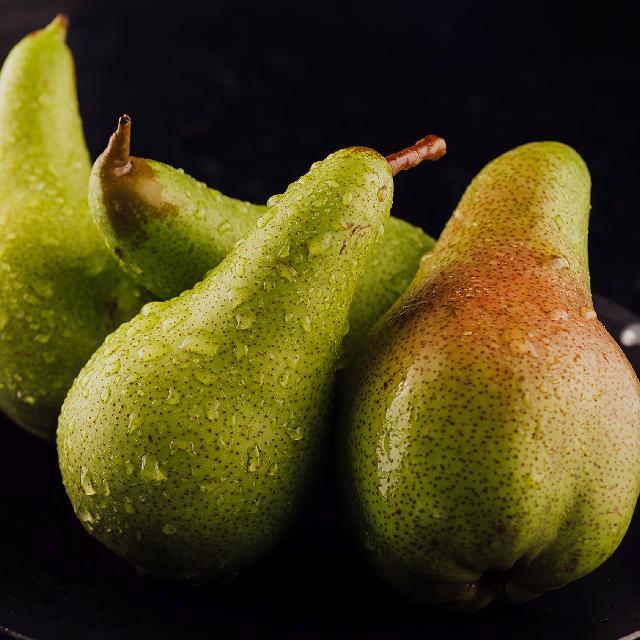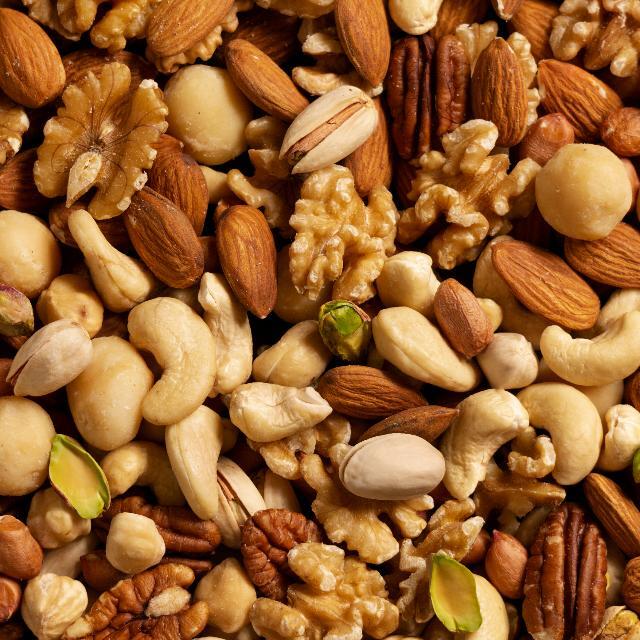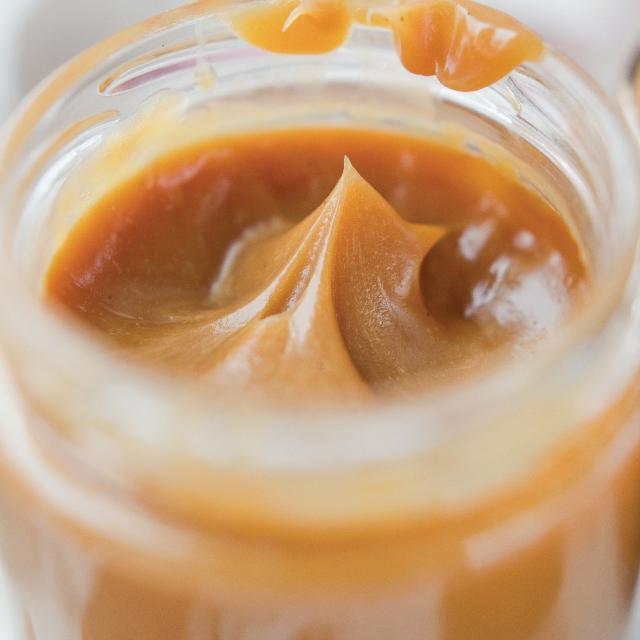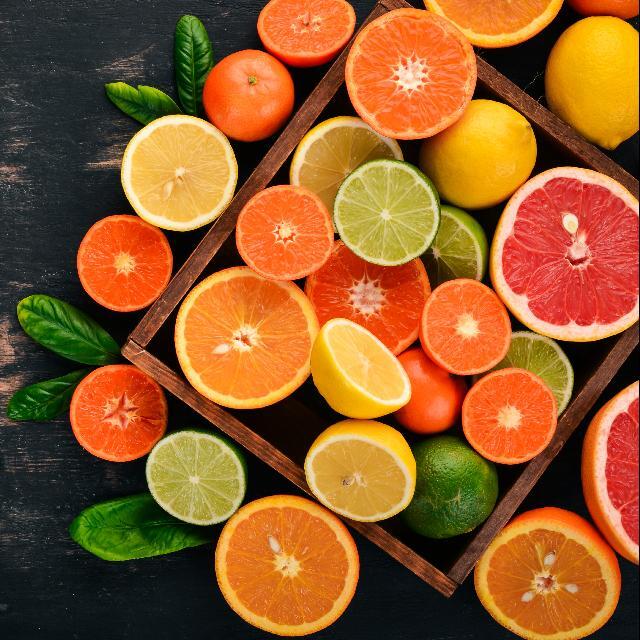A Paarl Chardonnay that captivates with enticing aromas of citrus, toasted nuts, and a hint of butterscotch, setting the stage for a luxurious tasting experience. The palate is creamy and well-balanced, showcasing flavors of almond and ripe pear that add depth and complexity.
The wine offers a smooth, lingering finish, perfect for pairing with roasted chicken, creamy pasta dishes, or soft cheeses to enhance its rich, layered profile.
The wine offers a smooth, lingering finish, perfect for pairing with roasted chicken, creamy pasta dishes, or soft cheeses to enhance its rich, layered profile.
The Chardonnay was barrel fermented at a low temperatures. The wine was matured on the lees for 11 months in 225l French oak barrels. Only 30% new oak was used in order to reach the goal of creating an elegant style Chardonnay.
Winemaker: Karlin Nel
Winemaker: Karlin Nel
Vrede en Lust was founded in 1688 by a Flemish Merchant called Jacques de Savoye. The Governor of the Cape allocated this farm to De Savoye, who fled Europe with his wife, Marie-Madeleine le Clerq, due to religious persecution. After 70 days at sea, they arrived in Table Bay on 26 April 1688 on the 160ft Oosterland. The scene shifts to the Drakenstein, sparsely populated with only 23 Dutch freeburgers having settled there before. The valley is majestically beautiful, though quite rugged, with dense forests, game, lion and leopard, and the only human inhabitants, some nomadic Khoi. The pioneers lived in simple clay and reed homes.
This is where De Savoye became the owner of a magnificent piece of land against the foothills of the Napoleonsberg (today known as the Simonsberg). He called his farm Vrede en Lust (Peace and Delight/Eagerness), nurturing visions of a rural paradise where he could spend his last days. He immediately started improving the 55 Ha of land that starts at the Bergrivier valley floor and runs up the eastern foothills of the majestic Simonsberg Mountain.
This is where De Savoye became the owner of a magnificent piece of land against the foothills of the Napoleonsberg (today known as the Simonsberg). He called his farm Vrede en Lust (Peace and Delight/Eagerness), nurturing visions of a rural paradise where he could spend his last days. He immediately started improving the 55 Ha of land that starts at the Bergrivier valley floor and runs up the eastern foothills of the majestic Simonsberg Mountain.











